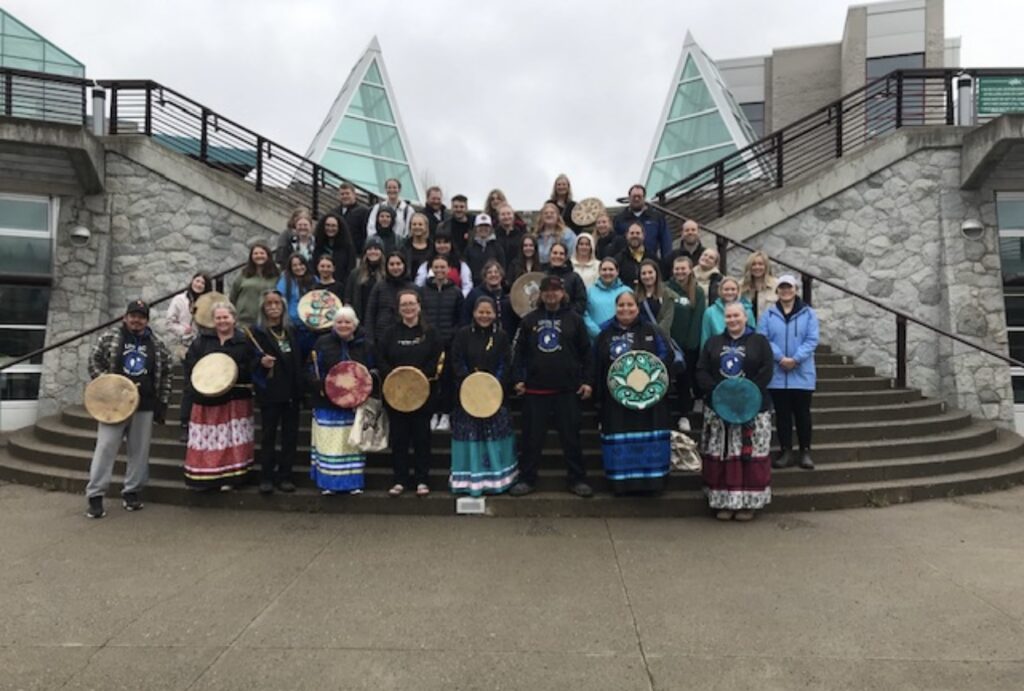Practicum 390
The principle of learning that significantly resonated with me is “learning is holistic, reflexive, reflective, experiential, and relational (focused on connectedness, on reciprocal relationships, and a sense of place)” (www.fnesc.cahandout). The above-mentioned principle of learning is an important aspect of Indigenous education and learning that I aspire to in cooperate in my classroom. The principle highlights the need to bring the land, nature and environment into the classroom. I think the mention of ‘sense of place’ is profound to today’s education. All students, no matter their age, need a ‘sense of place’, we all need to feel we belong and be comfortable exploring that. With the importance of reconciliation, it is especially important to find that ‘sense of place’ for Indigenous students in the classroom and help them to explore, celebrate, and engage with their cultures in and out of the classroom.
This specific principle really began to stand out to me as I went through my first practicum. I was fortunate to experience an aboriginal educator teach multiple lessons and I couldn’t believe how well the kids responded to them. They would get so excited for this part of the day and would be so excited knowing the lesson would be an experience rather than a lesson. One lesson the First Nations educator taught the kids was what the owl symbolizes in different Indigenous cultures and communities. They then got to go outside and collect items to create their very own owl. The lesson was so exciting for the kids and let them explore their creative thinking while also embracing Indigenous was of learning and education. The lesson ended with the teacher saying, “what do you notice about your owls”, the kids responded, “their all different”, and the teacher proceeded to explain that while we all my have unique and special differences we are all connected. While each of your owls may have differences, they are still all made up of the same materials. It was one of those things in life where a light bulb went off and I realized how truly important it is to “learn holistically, reflexively, reflectively, experientially, and relationally (focused on connectedness, on reciprocal relationships, and a sense of place” (www.fnesc.ca handout).

Practicum 391
Our second practicum included being fully emerged in a classroom for 3 weeks with the same class and a coaching teacher, teaching at 25%. I was in a kindergarten class and the focus for this practicum was Literacy and Math lessons. One of my favourite ways I included First Peoples Principles of learning in my kindergarten class was introducing the sharing circle book and lesson as one of my first literacy lessons. I also only had 9 students in my class and so in the lesson we decorated one classroom talking stick to use for our sharing circles. As a class we would practice the practice of a sharing circle after lessons, to start our day, or even to end the day. The students loved being heard and enjoyed sharing their ideas. I thought this was such a fun and effective way to incorporate First Peoples Principles of learning for a younger grade throughout my practicum.
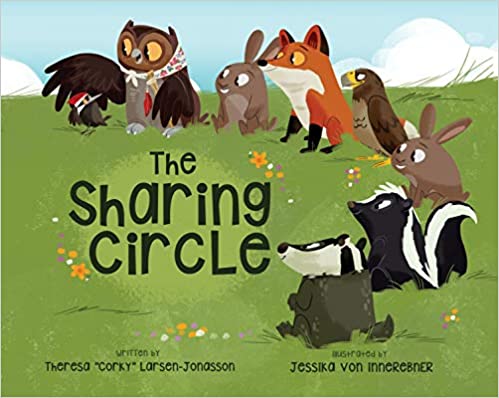
During practicum 490 I had the opportunity to do a language arts mini unit. I chose to do this unit on First Nations myths and legends. With the help of my coaching teacher I was able to gather resources such as books and videos that enabled me to teach this unit. The students were fully engaged throughout this lesson and particularly enjoyed the story “How Raven Stole the Sun” by Maria Williams and illustrated by Felix Figil. After learning about many of the First peoples myths and legends students had an opportunity to write their own myth or legend. This allowed for creativity and also challenge with choice.
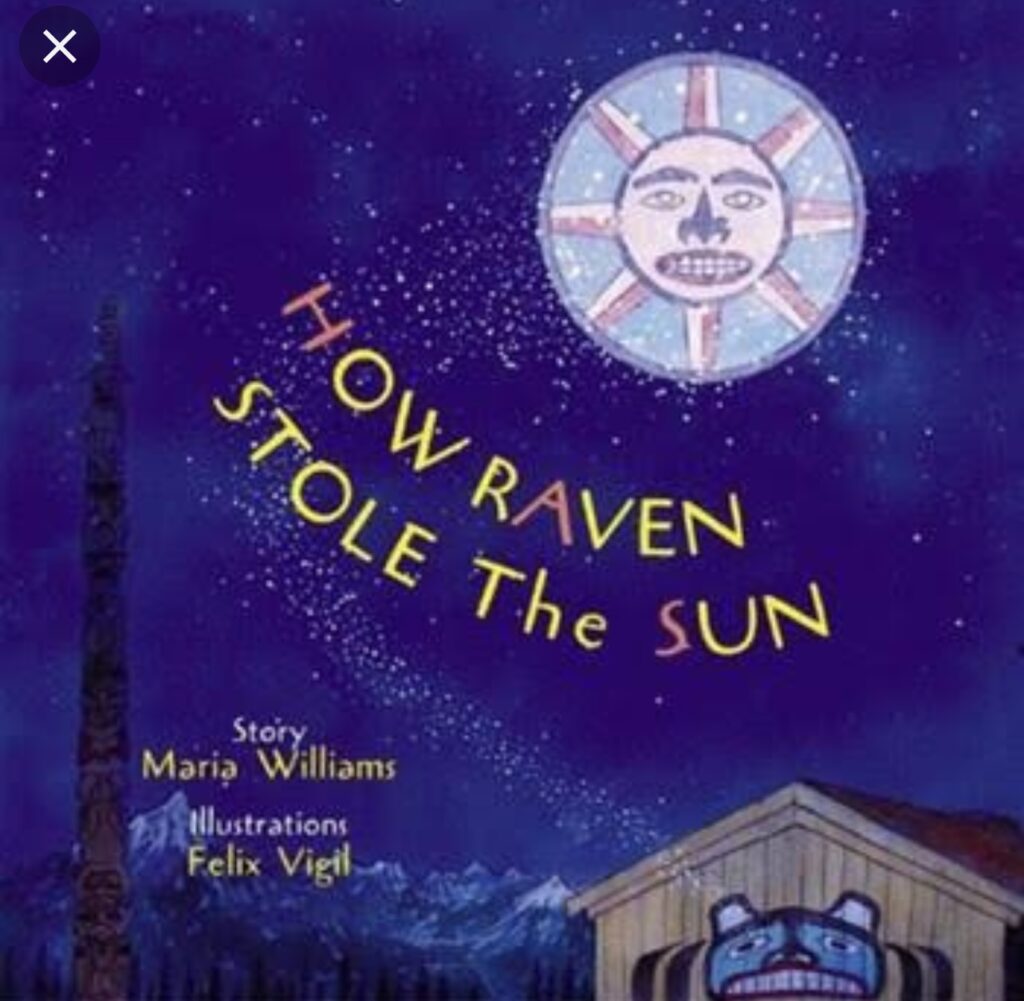
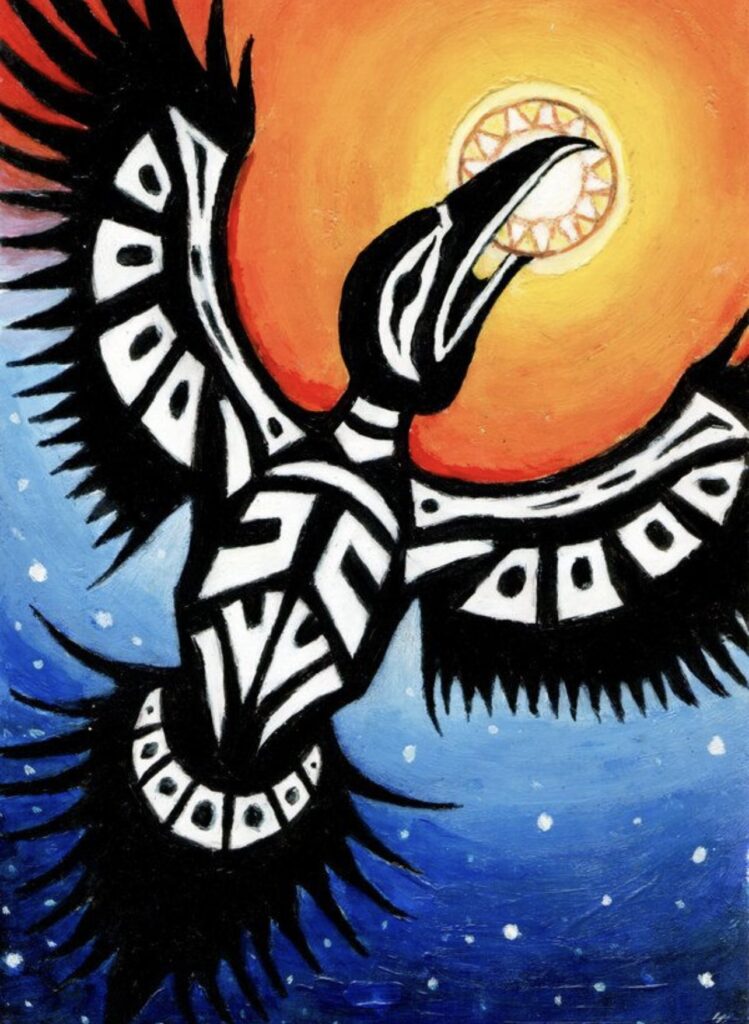
446 Final demonstration of learning: For our final demonstration of learning Vicki, Celina and I collaborated on a project. We chose to paper mache a turtle shell that is then placed over the medicine wheel to represent out learning in this program. On the medicine wheel we wrote the first people principles of learning as we felt that this was the base of our pedagogy. We then wrote the 9 R’s and 9 L’s on the other turtle shells as we felt these were the next most essential part of our pedagogies. Finally on the shells on the turtle we each took turns painting other lessons we have learned throughout this program that have developed out pedagogy.
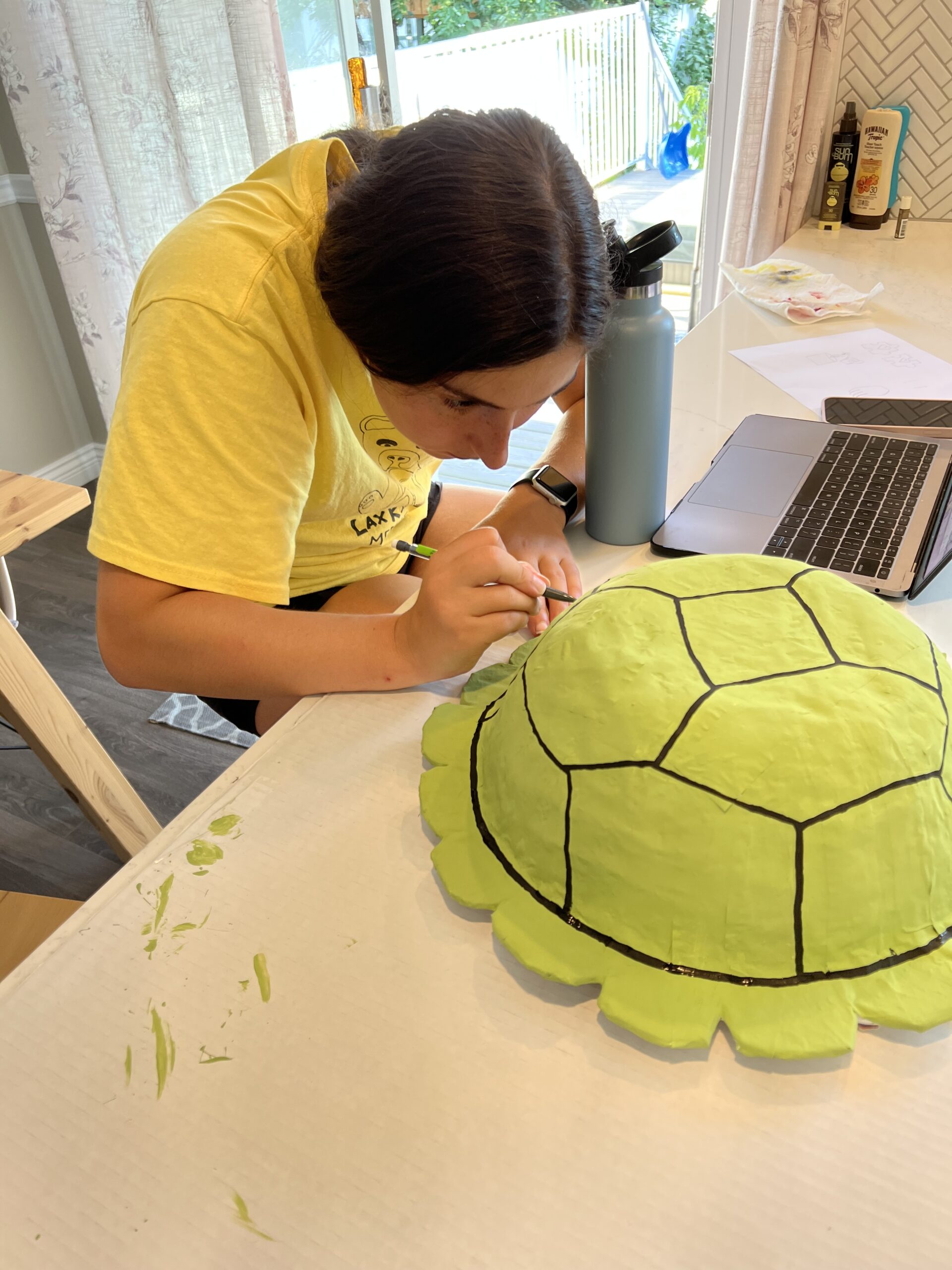
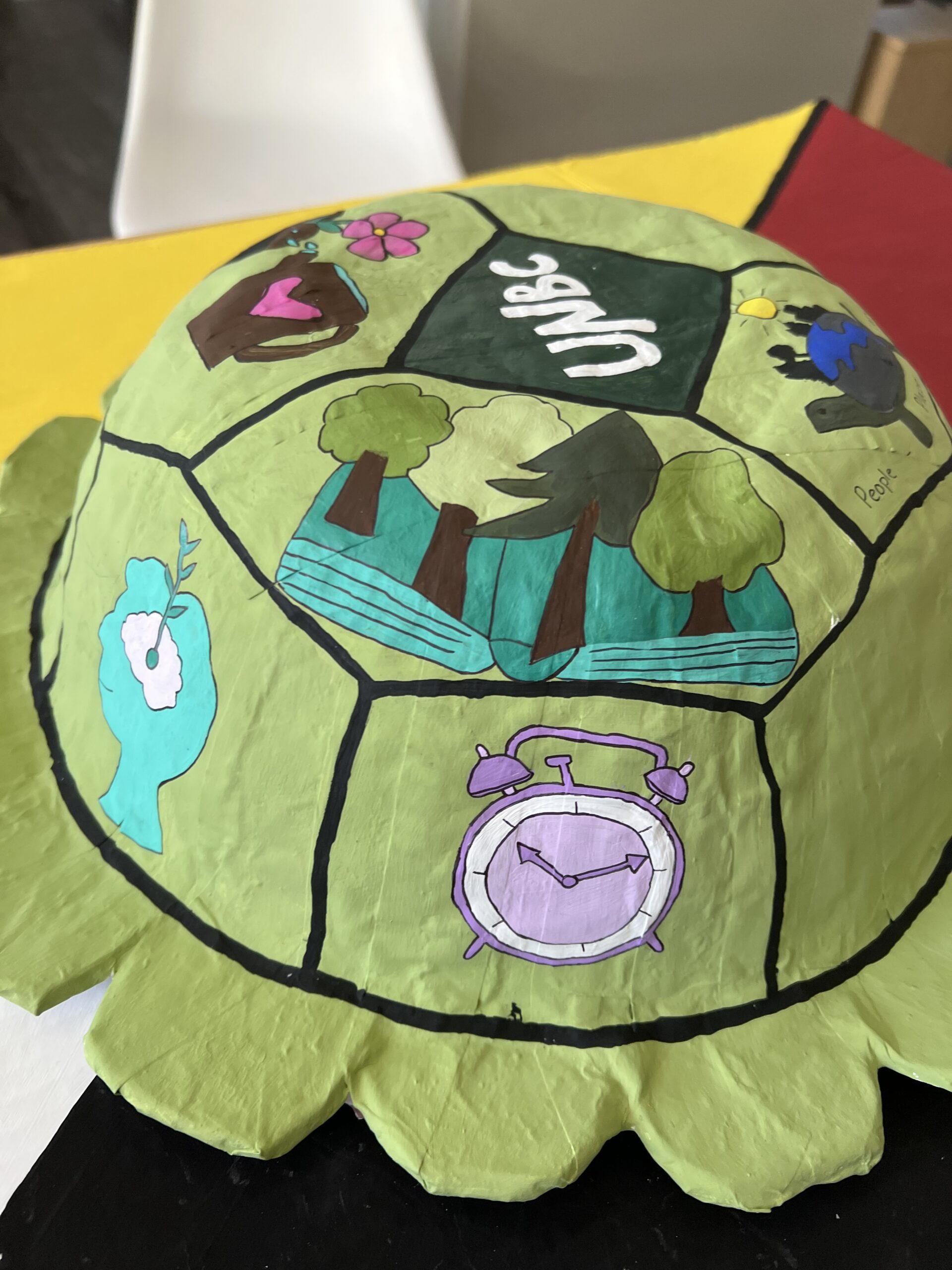
A very inspirational day having the drummers share their knowledge with us and allow us to experience their culture.
